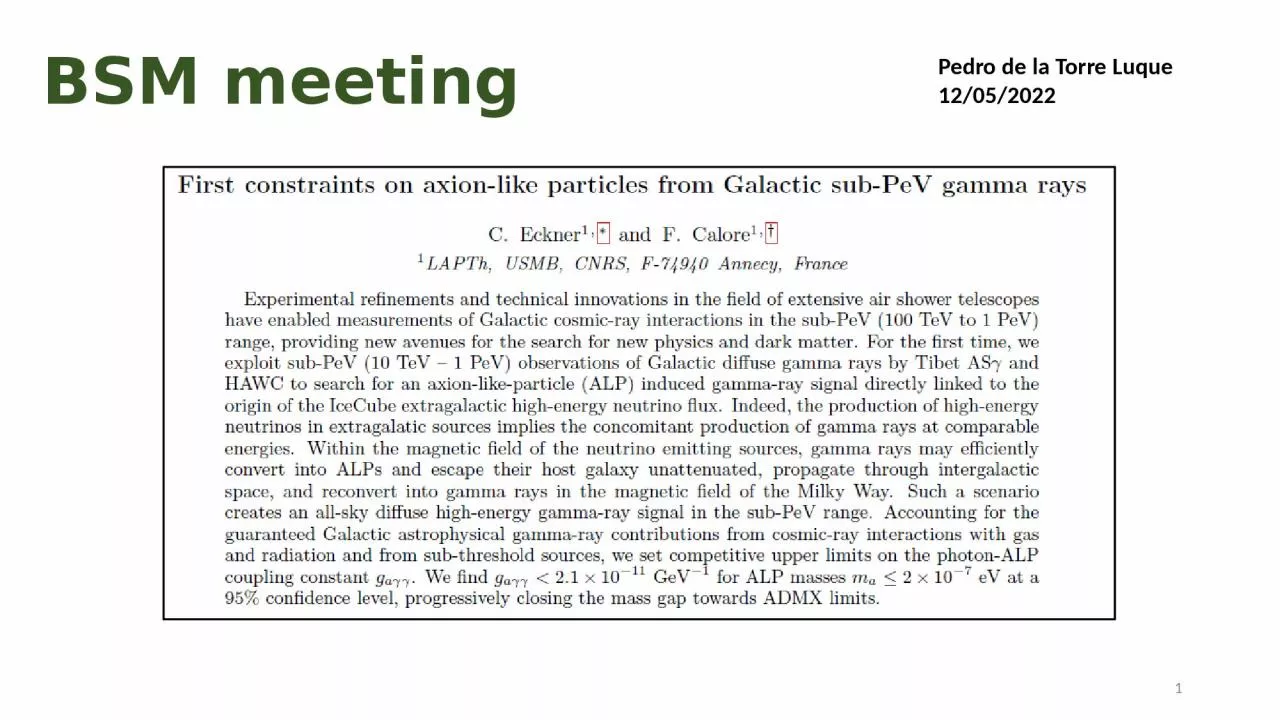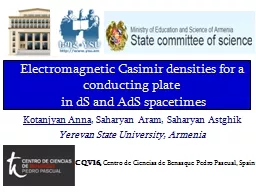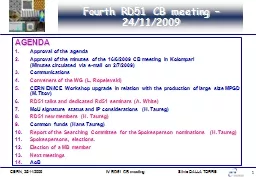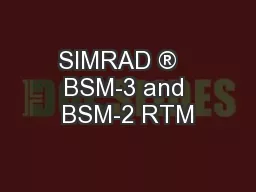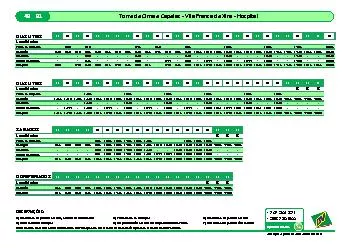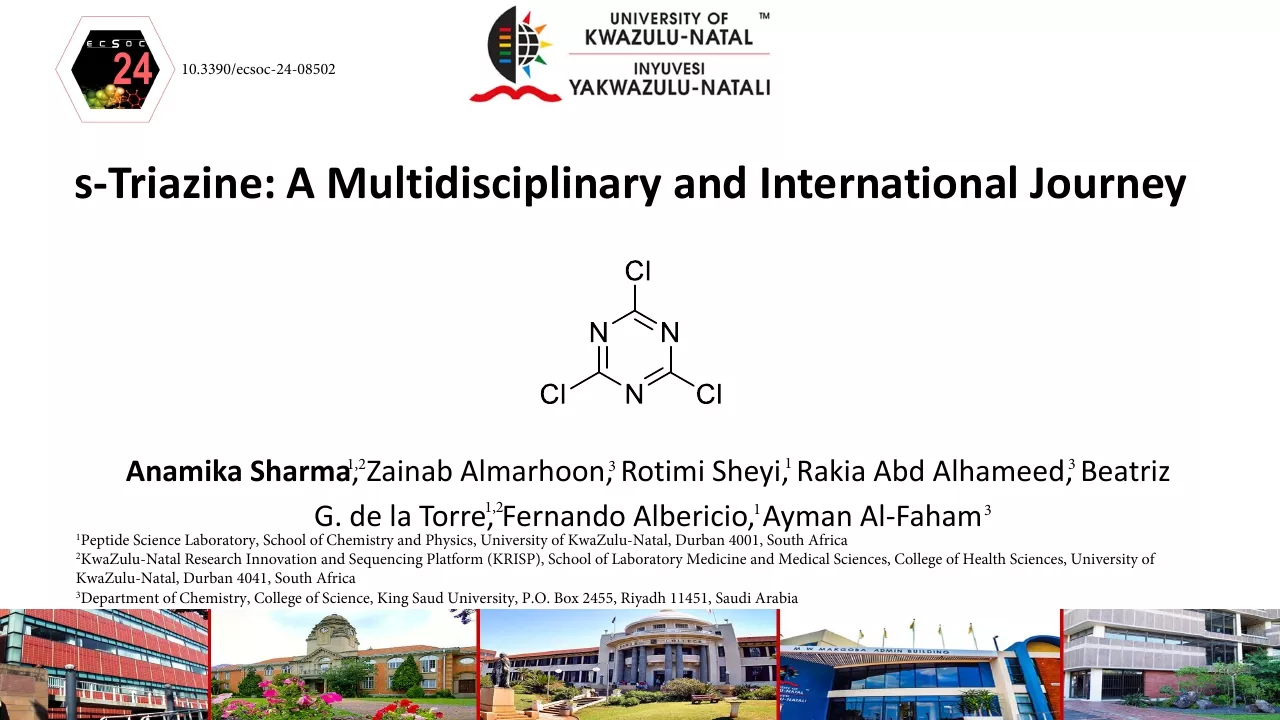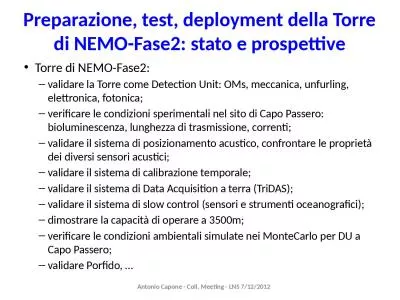PPT-BSM meeting Pedro de la Torre Luque
Author : gelbero | Published Date : 2023-11-22
12052022 1 Main result and rationale Eckner amp Calore 2022 arXiv 220412487 2 Derive new axion DM constraints from sub PeV diffuse gamma rays Study the background
Presentation Embed Code
Download Presentation
Download Presentation The PPT/PDF document "BSM meeting Pedro de la Torre Luque" is the property of its rightful owner. Permission is granted to download and print the materials on this website for personal, non-commercial use only, and to display it on your personal computer provided you do not modify the materials and that you retain all copyright notices contained in the materials. By downloading content from our website, you accept the terms of this agreement.
BSM meeting Pedro de la Torre Luque: Transcript
Download Rules Of Document
"BSM meeting Pedro de la Torre Luque"The content belongs to its owner. You may download and print it for personal use, without modification, and keep all copyright notices. By downloading, you agree to these terms.
Related Documents

